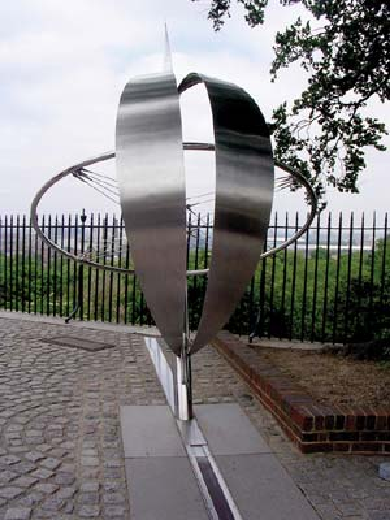Travel Reference
In-Depth Information
Three different attractions are scattered around this courtyard. First, hiding in a corner
is a
camera obscura.
This thrillingly low-tech device projects a live image from Green-
wich onto a flat disc in a darkened room simply by manipulating light, without electricity
or machinery (although the image can be pretty dim on cloudy days). Imagine how aston-
ishing it was in the days before television.
The smaller building is the
Flamsteed House,
named for John Flamsteed, the first
king-appointed Astronomer Royal (in 1675). It contains the apartments that he lived in
and the Wren-designed Octagon Room, where he carried out some of his work. Down-
stairs is a fascinating exhibit on the “Longitude Problem” and how it was solved (see side-
bar). Also on display are all four of John Harrison's sea clocks. Compared to his other
contraptions, the fourth and final attempt looks like an oversized pocket watch. But, in
terms of its impact, this little timepiece is right up there with the printing press, the cotton
gin, the telegraph, and the money belt on the scale of human achievement.
The
Meridian Building,
in the larger house, has a wide assortment of historical tele-
scopes, including a room-sized one designed by George Airy that was used to define the
prime meridian. Watch the video (in the back corner of this room) of the telescope in ac-

